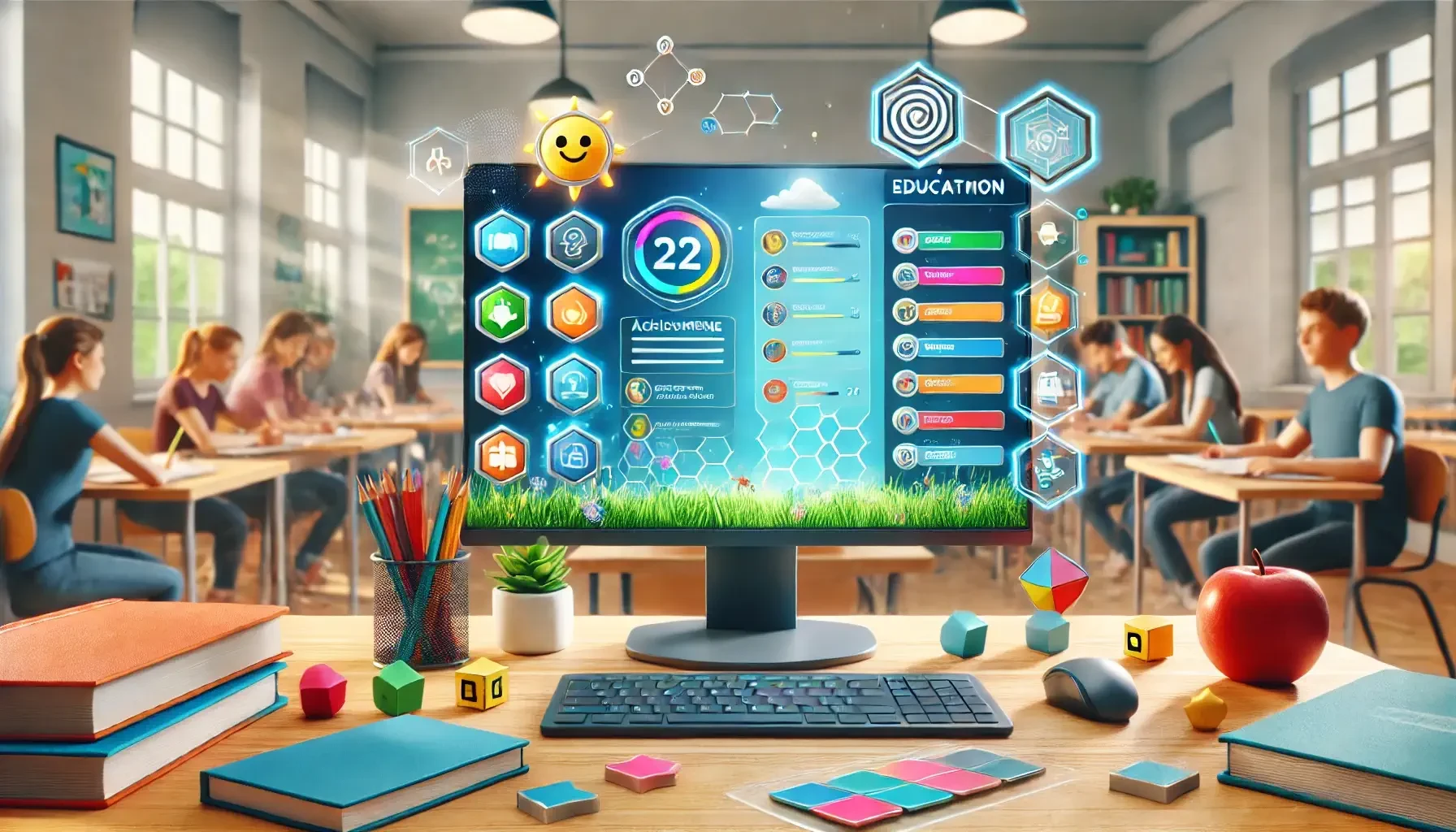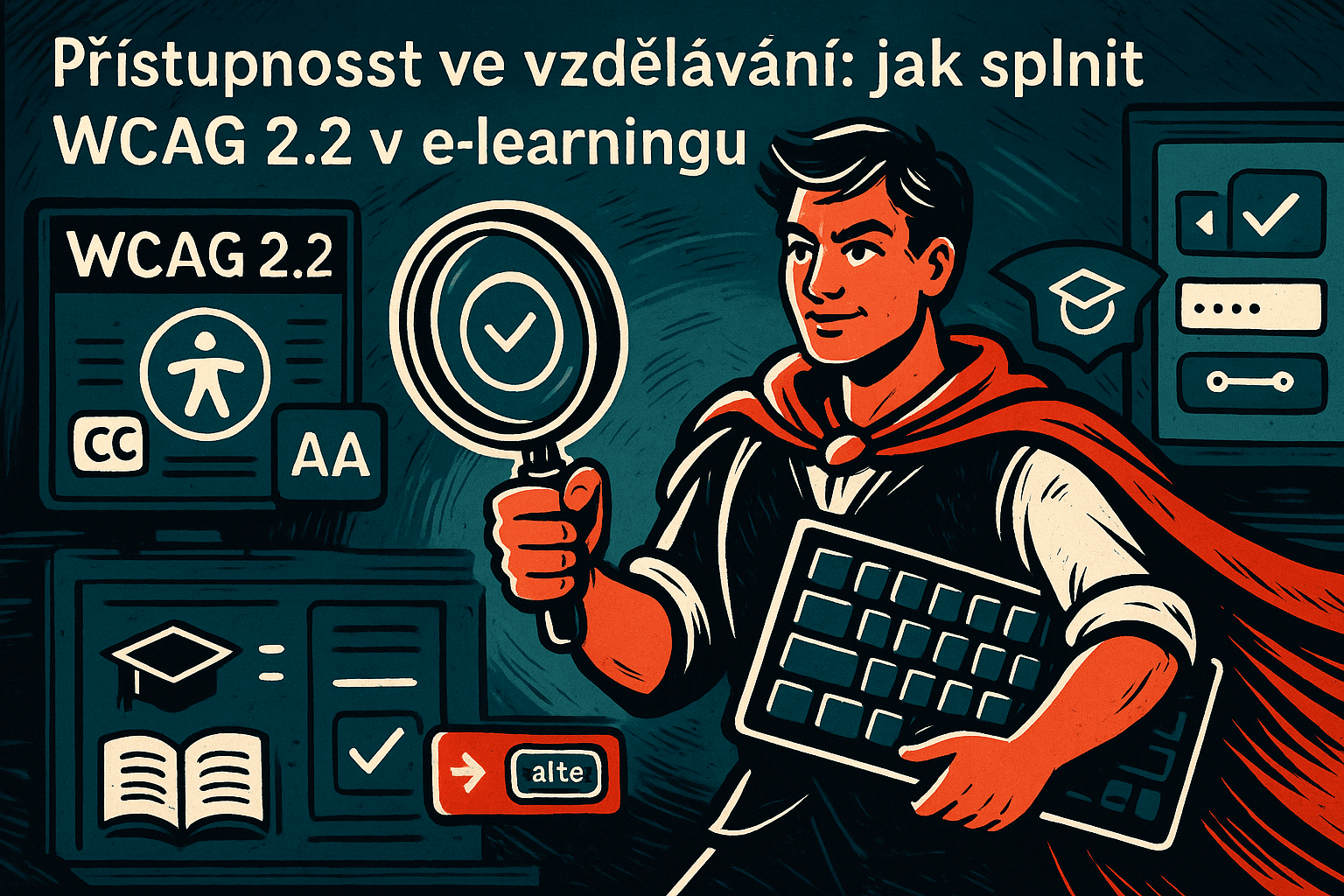Advanced LMS features: from gamification to adaptive learning
(or how to make online learning a truly engaging and effective experience)
Nowadays, companies no longer want an LMS (Learning Management System) that can just upload a file and run a test. Development is moving forward rapidly and modern platforms are delivering increasingly sophisticated features that can turn training into an interactive, personalized and highly motivating process. If you're thinking about upgrading your e-learning, or considering what extensions could take your current solution to the next level, let's take a look at a few advanced features that are "hot" today - from gamification to adaptive learning.
1. Gamification 2.0: More than just badges and points
Gamification is one of the most debated approaches to increase user engagement. The goal is to bring elements of games (competition, rewards, advancement to the next level) into learning to make students feel more motivated and engaged with the content. Previously, gamification was reduced to collecting points, leaderboards and handing out badges, but today there are much more interesting elements:
- Complex stories and scenarios: Instead of just collecting points, the user goes through a simulation or story where they complete tasks and decisions influence the plot.
- Collaboration: Team challenges where multiple users are required to work together, or team vs. team competition.
- Real feedback: If you don't master a part of the course, the system will offer you additional material or a short training module to really master the material.
Well-conceived gamification not only leads to higher course completion rates, but also deeper engagement - users often take away more than just theoretical knowledge from a course.
2. Social learning: share knowledge and experiences
When we say "e-learning", we usually think of an individual sitting in front of a monitor and going through course content. But human nature is not so easily circumvented - people love to share, discuss and learn by comparing themselves. That's why modern LMSs offer social learning, for example in the form of integrated forums, chat rooms or the ability to comment on specific parts of a course.
- Students can ask questions of instructors or collaborators directly in the context of the course.
- Company experts can share additional material, insights and enrich the theoretical foundation with practice.
- Smaller community groups are formed to work together to solve challenges.
The result is a community dimension to e-learning that goes far beyond passively watching a video or reading a PDF.
3. Adaptive learning: personalization tailored to each user
Adaptive Learning is becoming a hit to move the LMS from a "one-size-fits-all" to a truly personalized approach. Traditional courses tend to be linear - everyone goes through the same route, whether they master the material quickly or struggle with it. In an adaptive approach, the LMS responds to the student's success rate and pace. For example, if a user sovereignly passes a test in the first lesson, the system will offer more challenging, advanced content. Conversely, if it sees that a student has gaps in a particular area, it will include supplemental materials or an outright tutoring course.
By using artificial intelligence (AI) and analytics, some LMSs can predict what will be too easy or too difficult for users. The benefit is a significant reduction in time for those who know the material well, while at the same time providing quality help for those who need to further educate themselves in specific areas.
4. Advanced reporting and learning analytics
More and more people are talking about learning analytics - that is, the ability of an LMS to collect data about the learning process (time, success rate, preferred content type) and evaluate what is most effective for the user. In practice, this can mean that a manager can simply see at which point students are most likely to fail, which modules they find most difficult, or which tutors are getting the best feedback.
That way you can then:
- Adjust content based on where users are groping.
- Better target other courses - for example, recommend specific training to those who didn't do well on a test.
- Increase the ROI of e-learning - quickly find out what works and redirect energy and funding where it is most effective.
5. Mobile access and offline mode
Modern LMSs also don't forget about mobile users. At a time when many people work from home or are on the go, it is often crucial that courses can be run on a tablet or phone with a user-friendly interface. Some platforms go even further and offer an offline mode - you download the course to your mobile and study it even in places without a connection. Once you reconnect to the internet, the results sync.
What can you take away from this?
Gamification, social learning, adaptive access, advanced analytics or mobile interfaces are all features that can make a simple online course a much more interactive and more effective learning tool. The important thing is to know how to use these features properly and whether they are really in line with your employees' needs. Therefore, when selecting or enhancing an LMS, always consider:
- Why do you want the feature (is it to bring motivation, personalization, faster learning...?).
- How will you engage it (will it require extra time to create content, set up, test?).
- What is the expected benefit (reduced study time, greater satisfaction, better test scores?).
If you can strike the right balance between technical capabilities and real-world usability, you'll take your e-learning to the next level - where learners don't just learn out of obligation, but because they might even enjoy it. And if you want to get inspired by which LMSs support similar advanced features, don't hesitate to check out our platform comparison for more information, reviews and practical experiences of companies that have already successfully gone down this path.







